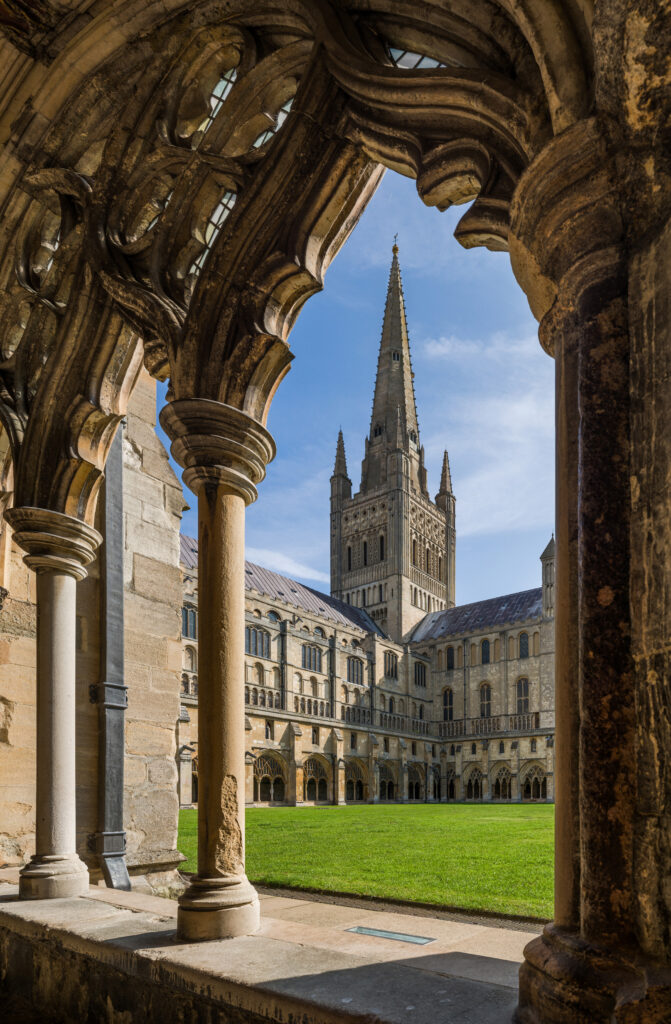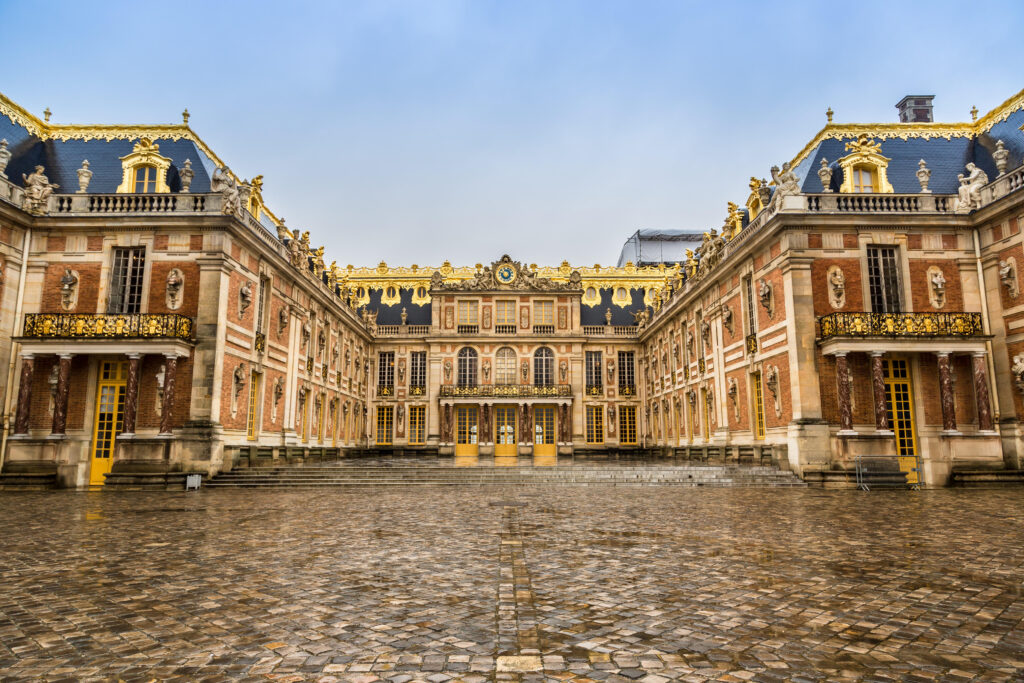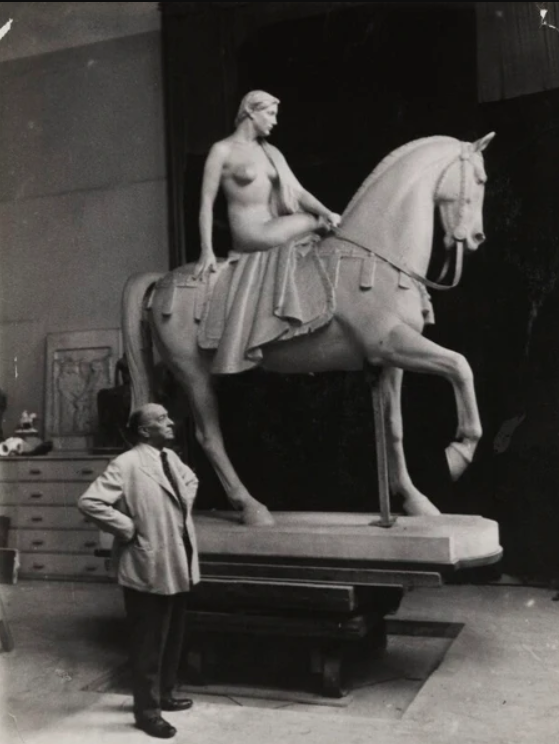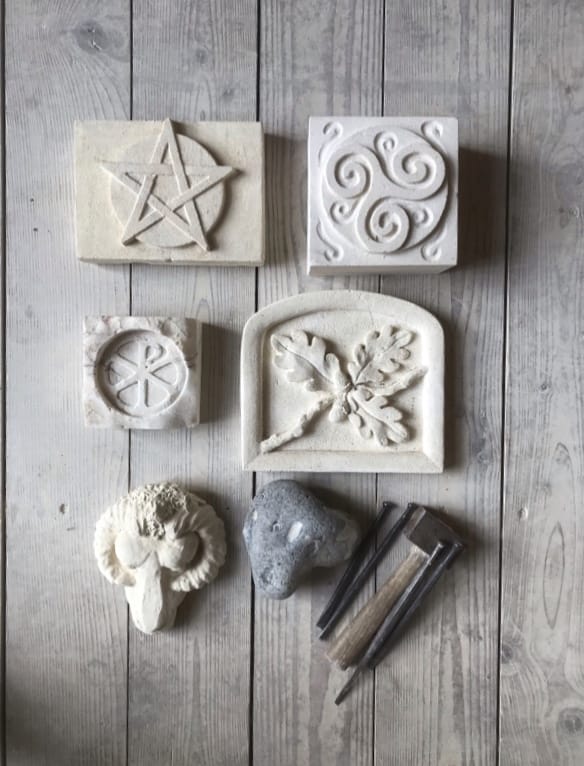A Millennium of Mastery: The Continuous Lineage of Court Masters (c. 1080 – Present).
Definition of a court mason – Historically a Court Master only worked for the richest and most powerful. The extensive training aimed to produce craftspeople who could not only build and upkeep a castle or palace but also had the skill, understanding and education to create for instance a marble console table and even the sculpture and ornament to sit upon it.
The Unbroken Line: A Millennium of Mastery in Our Hands
A Legacy of Connected Training

When you enter our world, you inherit a legacy. I am Stephen Critchley and although i started slightly before I started with my Master in 1981, I now stand at the end of a recorded, continuous lineage of master craftsmen that stretches back over 900 years. This is not merely a list of names; it is the history of skill, structure, and integrity, passed down from the military engineers of the Middle Ages to the sculptors of royal monuments.
A connected training is one where a concerted effort has been made by each Master to pass on a tradition of skills and culture through years of Master/apprentice exchange. This chain of masters—my lineage—is the foundation of the meticulous standards and enduring quality I have brought to every project. To truly master the techniques, skills, and philosophy of a style, an immersion into the culture, poetry, dance, music, and history of the time is necessary, a principle our forebears understood implicitly.
Our unrecorded line goes back much further than the earliest record, having wended through some turbulent times, with our former Masters sailing the sea of turmoil caused by the rise and fall of kingdoms. We can pinpoint the times when traditions and skills from different worlds were first brought together in the white heat of competition, only to be thrown apart and later coalesce into a new cultural crucible.
Shaping the Kingdoms: From Holy Lands to Royal Castles (c. 1080 – 1389)

Written records for our craft lineage begin in the 11th Century in the Holy Lands. The line starts with Robert de Bessie (1080), a master stonemason and one of the many craftspeople “pressed” by their King to go on an expedition they neither wanted nor understood. The craft was instantly indispensable to the newly formed Order of the Temple, suggesting a fierce reliance on our forebears’ skills. The presence of Templar Grand Masters like Hughes de Payens (1118) in our records reflects the craft’s absolute vitality to the Code, particularly for building fortifications.
Luckily for us, our early Master did return, bringing back teachings about the amazing architecture and mathematics he had found, which gave rise to the advent of European Gothic architecture.
The lineage then moves through figures like Simon de Marche (1201) before reaching the highest level of state employment. We skip a few craft generations to James St. George (1261), born around 1230. Summoned from the continent, he became Master Mason and chief engineer for King Edward I’s massive castles in Wales, earning the title Master of the King’s Works (Magister Operacionum). He represents the pinnacle of military construction skill.

The line is historically cemented with William de Ramesey (1338), an immensely famous King’s Master Mason known for major royal projects and likely designing the two earliest buildings of the Perpendicular style of Gothic architecture. His record is noted as the “Start of existing contemporary written evidence” that documents the continuous line, flowing through masters like John the Mason (1389).
Renaissance, Royalty, and Revolution (c. 1412 – 1848)
This period shows the masters gaining bureaucratic status and absorbing international artistic influence. Thomas Mapilton (1412) was a highly valued King’s Master Mason who served royal figures like Henry V. For some unknown reason, two of our Masters were then recorded to have worked in 15th Century Florence, absorbing the artistry of the Italian Renaissance with Jos. the Florentine (1425) and Vitaro of Tuscany (1449).
Briefly in historical terms, two later Masters were back in England working before the dissolution of the craft guilds. After being persecuted by the court of Henry VIII, one of our Masters relocated in 1540 to the Creuse region of France, where craft and blood relations were to be found. Our Masters then continued to work in France for the following 200 years.
The lineage connects to high French contractors with Master Michel Villedo (1638), a stonemason from Creuse who became advisor and architect of royal buildings for Louis XIV of France, moving the line to the court at Versailles.

The tradition continues through masters like Vero de Pons (1770) and Pierre Belanger (1798), bridging the gap to the industrial age and the February revolution in Paris in 1848 with a revolutionary amongst our lineage: Martin Nadaud de Creuse (1830). Nadaud, whose first language was Langue d’Oc, learned to speak French whilst working in Paris. He later became a Member of Parliament, escaping to England after the 1848 Revolution, where he lived for eighteen years as a schoolmaster in Wimbledon under the assumed name of Henri Geo. Martin.
Modern Artistry and Final Custodians (c. 1882 – 1981)
In Victorian and Edwardian London, our Masters worked with renowned companies of craftsmen such as F. G. Anstey and William Aumonier, producing architectural sculpture and embellishment. The line includes Robert Rae (1882), who established a strong Scottish connection, followed by three generations of Scottish Masters working primarily in their local granite.

This culminates with Sir William Reid Dick (1908), an acclaimed Scottish sculptor and President of the Royal Society of Sculptors. His monumental public works—like the Menin Gate Lion and royal memorials—cemented the craft’s place in fine art. The chain was quietly preserved by masters like Richard (Dick) Bradbeer (1929), the essential Scottish custodian, and Peter Ellot (1946), leading directly to me as the last on this list.
The Legacy I pass on Today
The continuity of experience offered by generations of Masters and apprentices cannot be underestimated. The disciplines and ‘mysteries of the craft’ passed down to us as Court Masons are little changed over Centuries. The combined knowledge and skills encompass all the craft, design, and art aspects of architectural and sculptural stone and marble.
I trained with a City of London company with its origins in 1690’s Aldgate. I initially trained in the Anglo-Dutch-Danish / Franco-Flemish styles of sculpture, broadly evident in 17th and 18th Century London, also incorporating techniques and philosophies of the Italian Renaissance and the Maltese styles.
Few people realise the full range of techniques taught alongside stonework as part of a Classical Court Masonry training. These ancillary techniques include the plasticke disciplines of maquette-making, mould-making and casting, as well as pigment and paint-making, gilding, and polishing.
This time-honoured training fosters a respect and reverence for the hard-earned yet unsurpassed hand-tool skills required to produce the finest stonework. Many technical skills and “tricks of the trade” are not detailed anywhere in books, so a break in the lineage sees them lost forever. This connected experience offers a rare and precious inherited knowledge of visual and craft techniques such as ocular rectification and harmonic proportion, understood by very few craftspeople today.
As the last on this list, I am the ultimate custodian of this knowledge. Every figure, from the Master of Works who valued precision to the Royal Sculptor who perfected form, contributes to the ethos of my work.
Through your time with me, you are not just learning from a modern professional; you are engaging a tradition of mastery that has shaped the World for ten centuries.
A History of Patronage: Clients Who Defined the Western World.
The Unbroken Line: A Millennium of Royal Patronage
The Court Mason lineage represents a rare and powerful thread of mastery, uniquely connected to the most influential monarchs and powerful patrons throughout history. By definition, a Court Master served only the richest and most powerful, making the client list of this unbroken line a who’s who of global royalty and power for over 900 years.
Medieval and Royal Patrons of England and the Crusades
The line of service began with the pivotal rulers of the Middle Ages, establishing the craft’s indispensable role in royal architecture and military engineering.
* Robert de Bessie (1080): Served King William II (William Rufus) of England and King Baldwin II, the monarch of the Crusader Kingdom of Jerusalem.
* James St. George (1261): The great military Master Mason and Engineer who served King Edward I for his massive castle works in Wales.
* William de Ramesey (1338): The eminent King’s Master Mason retained by King Edward III for major royal projects.
* Thomas Mapilton (1412): A highly valued King’s Master Mason who relied upon by King Henry V for key royal structures.
The Era of Royal Absolutism
Moving from the medieval court to the opulence of the Renaissance and the era of absolute monarchy, the Masters applied their supreme skills to the era’s greatest monuments.
* Jos. the Florentine (1425) & Vitaro of Tuscany (1449): While working in Florence, they served under the effective rule and patronage of Lorenzo de’ Medici (Il Magnifico), the city’s greatest patron.
* Michel Villedo (1638): The French Master who served the ultimate embodiment of monarchy, The Sun King, King Louis XIV of France, becoming his advisor and architect of royal buildings.
The Modern Crown and Global Leaders
The tradition of service to the Crown continued seamlessly into the modern age, culminating in official appointments and global distinction.
* Sir William Reid Dick (1908): This acclaimed Scottish sculptor was knighted by King George V and went on to serve King George VI and Queen Elizabeth II as the Sculptor in Ordinary for Scotland.
* Contemporary Patrons: The contemporary work of a current Master, my clients reflect this global reach and continues the tradition of serving figures of immense authority, including:
* Queen Elizabeth II
* King Hussein of Jordan
* Sultan Hassanal Bolkiah of Brunei
* Aga Khan IV Prince Shah Karim al-Hussaini
* Pope Benedict XVI
Discretion Statement:
References to these public figures refer solely to my or my Masters’ documented roles as official Royal Sculptors and the execution of publicly acknowledged, monumental works.
For all private commissions, the details of our clients, projects, and locations are held in strictest confidence, in keeping with the ancient tradition of the Court Master.
